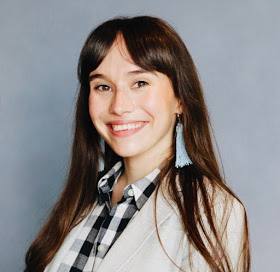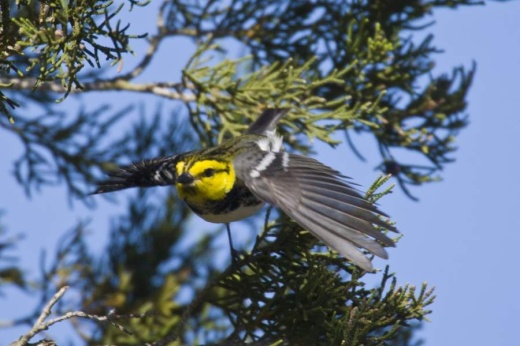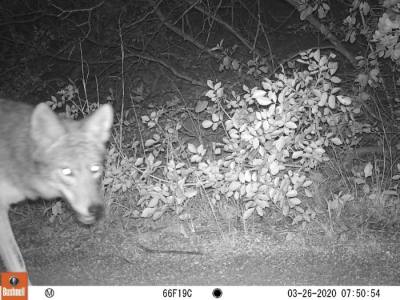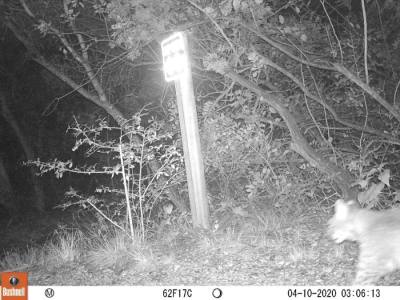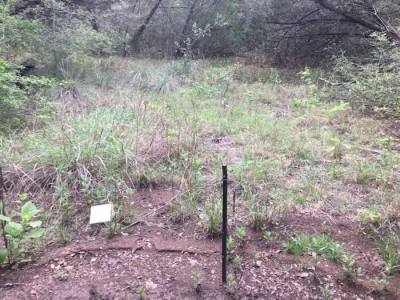As national parks and protected lands experience coronavirus closures, many have reported increased activity among wildlife. The same can be said for Austin’s Wild Basin Wilderness Preserve, according to Barbra Dugelby, director of the Wild Basin Creative Research Center.
The Wild Basin encompasses 227 acres of Texas Hill Country habitat, which Dugelby said has been thriving since the preserve closed about a month ago.
There are 13 motion-activated game cameras installed throughout the trails, and Dugelby and several other essential staff members have been using the footage to monitor how the wildlife is responding to the lack of visitors.
“For the first time in probably 15, maybe 20 years, we’ve observed a wild turkey on the trails,” Dugelby said. “When the preserve was founded 45 years ago, there were wild turkeys, but they’ve since disappeared.”
The cameras have also spotted bobcats and coyotes near the visitor’s center and trailhead for the first time; Dugelby said those areas are normally bustling with people.
After only one month, there has been a reemergence of flora in areas where staff had previously been struggling to achieve growth.
“The wildflowers are really abundant on the edge of the trails,” Dugelby said.
Prior to the reduction of visitors brought about by the pandemic, hikers would occasionally stray off the designated trail, forming what Dugelby referred to as “social trails.” She said the regrowth of flora has been especially abundant in those areas.
The park’s research team is also gearing up to implement an acoustic study this summer.
“We’re actually just about to start a preserve-wide sound study to document how human and other noises affect wildlife,” Dugelby said.
Home to a number of protected species, the Wild Basin is nestled along the Capital of Texas Hwy., which emits a large amount of noise pollution from nearby traffic.
Over the years, as the highway became more active, the endangered Golden Cheeked Warbler nested further from the roadway, according to monitoring from a biologist within the park.
Dugelby and staff said they hope to use this knowledge to further educate the community on how easily humans can impact wildlife. She said this may be accomplished through the use of interpretative graphics or additional signage within the preserve.
The Wild Basin has only been closed to the public a handful of times since it was established. Dugelby said the preserve is ready to welcome hikers back when it is deemed safe and that she hopes visitors will practice “leave no trace” principles, which include leaving flora and fauna alone and remaining on the designated trails as much as possible.
“We look forward to the day—hopefully soon—when the crisis has passed and we can welcome you all back to the preserve trails, visitor center and educational activities,” Dugelby wrote in the preserve's community newsletter.


